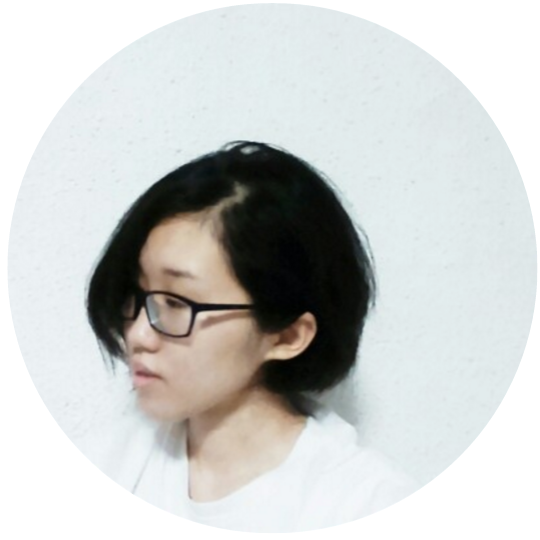Research on sound Art + Idea 1
FROM ACTION TO SOUND TO LANGUAGE
Nina Katchadourian
currently based in Brooklyn, NY
Talking Popcorn

http://www.ninakatchadourian.com/languagetranslation/talkingpopcorn.php
“ A microphone in the cabinet of the popcorn machine picks up sound of popping corn, and a computer hidden in the pedestal runs a custom-written program that translates the popping sounds according to the patterns and dictates of Morse Code. A computer-generated voice provides a simultaneous spoken translation.”


What interest me about the work is the nonsensical idea of trying to translate and understand sound generated by non-living object. It playfully invite us to relook at how we communicate through the sounds we made. How the sound we made are converted to languages, how language gives meaning to those sound and allow us to deliver complex ideas simply through the sounds we made.
FROM MARKS TO SOUND TO MUSIC
Melissa Tan
Singapore
“If you can dream a better world you can make a better world or perhaps travel between them”


https://www.singaporebiennale.org/melissa-tan.php
http://thesmartlocal.com/read/singapore-biennale-2016
A more poetic approach to similar process (of translation) by Singapore Artist, Melissa Tan. While the Talking Popcorn translate sound to meaning, Melissa Tan translate texture to sound via mark making and the mechanism of a music box. Both artist take spontaneous and non- living object, and translate their marks or actions into something meaningful by using a medium (morse-code/decoder and music box ). The illogical yet playful process fascinates me.
LANGUAGE: SEEN _______ HEARD ______ SPOKEN______
Audra Wolowiec
currently based in Brooklyn, NY
( )

http://bombmagazine.org/article/748097/audra-wolowiec
“As the parentheses in the show’s title suggest, the exhibition placed the in-between spaces in spoken and written language at its center. How do we read ( )? As silence? Parentheses? Space? Breath? A gap? Wolowiec is not presenting conclusions. She is inviting the viewer to investigate the ineffable.”
Okay I’m still trying to wrap my mind around this one , but what I like is how it makes you re- look at the way we translate text we see into the sound we make. Again questioning the meaning that comes with sound and the visual that evoke sound.
I was telling Michael all these without having any solid ideas, at the end of my babbling, he asked me to look at the brief (oh ya the brief oh shit)
“Don’t think too much” he said ” Just find the object “
“Okay” I replied ” I’ll think about it”
Idea 1: My Sound is Emo

Object: Printing Press (Found in 2D room)
How do we express in sound without words?
A cry? A scream? A sniff? A sigh? A laugh? What if we use sounds that are even more raw, sound that had less association or labels to them, what do they express?
Just like mark making, sound making can be used to express emotions. In this project the intention is to use printing press as a medium to create sound using different found materials.
The found materials will be made into a “music score sheets” in forms of a cardboard, zip lock bag or a box (description of examples on next page) and sent through the printing press to generate sound.


Each given “score” will have number at the top corners which indicates the size of the gap that the “score” should pass through.
( Removable margin will be marked on the printing press for more precise adjustment)
Other than using a single material in response to a specific emotion, different materials can also be used together to create a composed piece.
The aim, is not to showcase the scores made by the artist. The examples given merely serve as stimuli to open up more possibility of sound for the audience to create on their own.
By re-contextualise the sound heard in our everyday life, and realising their expressive quality, this project aims to heighten our awareness to the sound in the surrounding environment, and the quality of different sound in a playful and explorative way.
Examples of “Music score”:
Annoyed: two sand paper with the rough side facing each other
Disgusted: two metal sheets with loose clay particles in between
Distracted: pill box, with small magnets in each compartment, as it pass through the metal printing press, the magnet will (hopefully) create a “spontaneous percussion”
Fear: a plastic bag with raw, moist meat inside (NOPE MICHAEL SAID NO MISSION ABORT)
Despair: bamboo sticks ( bending and cracking of the stick)
Terms &conditions
The audience should feel free to use any found materials to make a “score sheet” to produce their own sound. (After all, the association between sound and emotions can be quite subjective) under the condition that :
- The music score sheet should not damage the printing press,
- The materials should be contained within the score sheet (no loose pieces dropping out)
- No living thing (or part of it) should be sent through the printing press
Safety precaution:
- The metal parts which will come in contact with the “score sheets” will be covered in metal sheets to prevent any potential scratching/ damage of the machine.
- Warning labels will be placed to prevent audience from reaching their hands into the gap of the printing press.
For a very very long time we didn’t talk to each other, and when we meet again it’s as if we’ve lost the secret code that we never had.
She talks to me in words but they disintegrate before reaching my brain. I reply in noises, hoping that she will understand.











































































